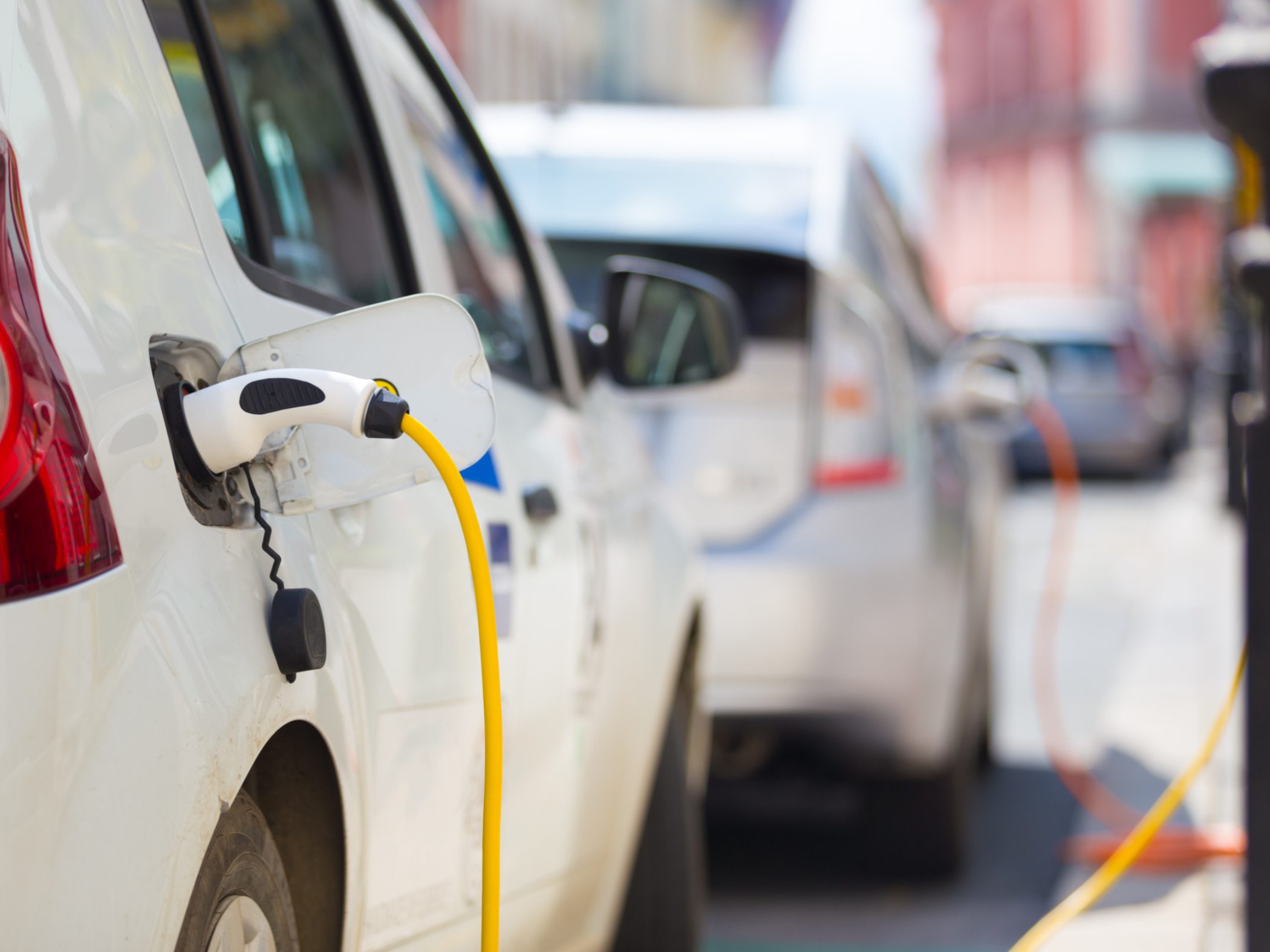Encouraging Electric Vehicle Adoption in Your Community

Compared to other countries, electric vehicle (EV) adoption has been slow in the United States. America, it would seem, still has its doubts about going electric en masse — except for a growing number of residents in cities like Columbus, Ohio.
In 2016, the city established Smart Columbus with the express purpose of growing EV adoption, among other clean and smart city initiatives. The results have been nothing short of amazing. EV registrations have grown 121% since 2017, and the city has blown past its original goals. Columbus and other like-minded cities offer great examples for how cities can encourage EV adoption.
Sweeten the pot
One proven way to increase adoption of anything is to make sure there's proper incentive. Financial incentives, both at the federal and state level have proven successful. Tax breaks such as EV tax credits are popular with general consumers and businesses that own fleets. Reduced registration fees, free public parking for EVs, and reduced or no-cost bridge, tunnel, and ferry tolls are just a few of the other commonly used financial incentives.
SWEPCO offers its customers a $250 rebate toward the purchase of an ENERGY STAR®-certified Level 2 EV charging station installed at home. According to ENERGY STAR, driving an EV and installing a Level 2 EV charger at home provides savings, convenience and smart technology. For every mile driven, it costs half as much - on average - to drive an EV compared to a standard gasoline-powered vehicle.
But people care about more than saving money. You could also give EV drivers access to express lanes or bus lanes, allowing them to get from one place to the next that much faster. Free charging and priority parking are also attractive incentives for consumers.
Eliminate range anxiety
A robust charging infrastructure is key to any successful plan to increase EV adoption. People are less likely to abandon their gas-powered vehicle if there's limited access to public chargers. Columbus worked with their local electric utility to increase the number of charging ports in and around the city, in part to keep their new EV city fleet charged.
Smart Columbus also partnered with the private sector to install charging ports at local businesses and multifamily dwellings. Your city could also consider changing building codes to require that new construction include EV charging infrastructure.
The recently signed Infrastructure Investment and Jobs Act includes over $7 billion for EV charging infrastructure. The EV Charging Formula Program will have the lion's share of those funds and will distribute them to states for the acquisition, installation, operation, and maintenance of EV infrastructure.
Raise awareness
Raising public awareness of the safety and reliability of EVs is also key to increasing adoption. By converting city buses, school buses, and city fleets to electric, you'll get people used to seeing EVs on the road. Their mere presence, and the implied endorsement of city leadership can dispel some common myths and promote the benefits of EVs.
Ensure EV equity
Cities must also consider how they can make EV adoption attainable for everyone. While EVs have penetrated the higher tax brackets, middle and lower income areas should not be ignored. These are often the drivers that would benefit from the lower overall cost of ownership of an EV, as well as the reduced emissions and better air quality that come with electric vehicles. To make the primary and secondary EV market accessible to these populations, the city has to ensure that its charging infrastructure covers all areas of a city.
By encouraging everyone to make the switch to quieter, cleaner and more efficient EVs, your entire community will benefit.